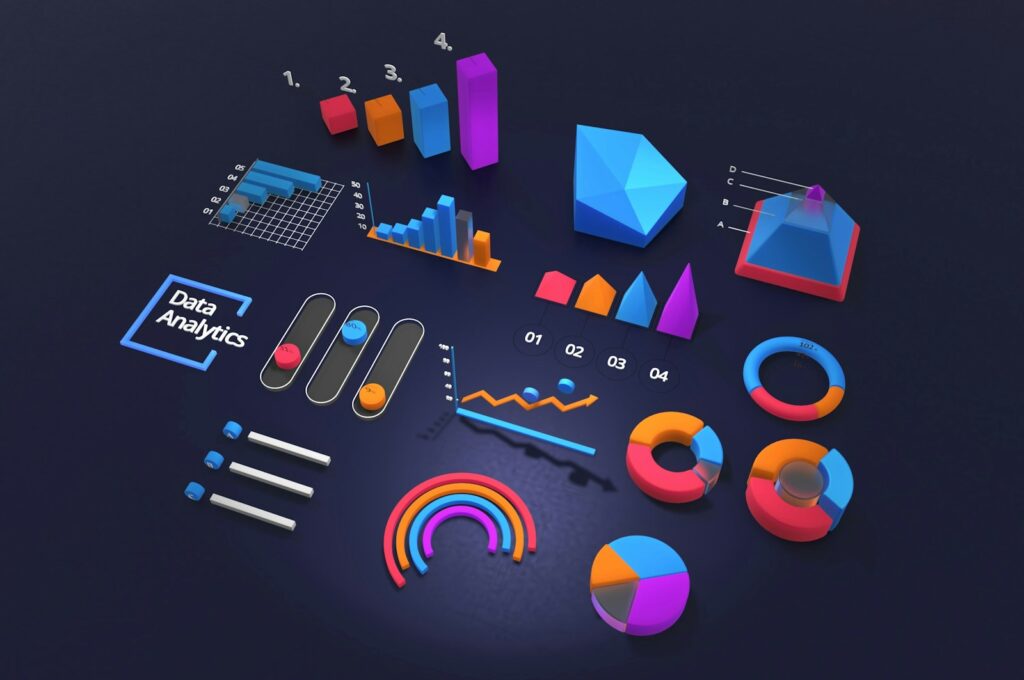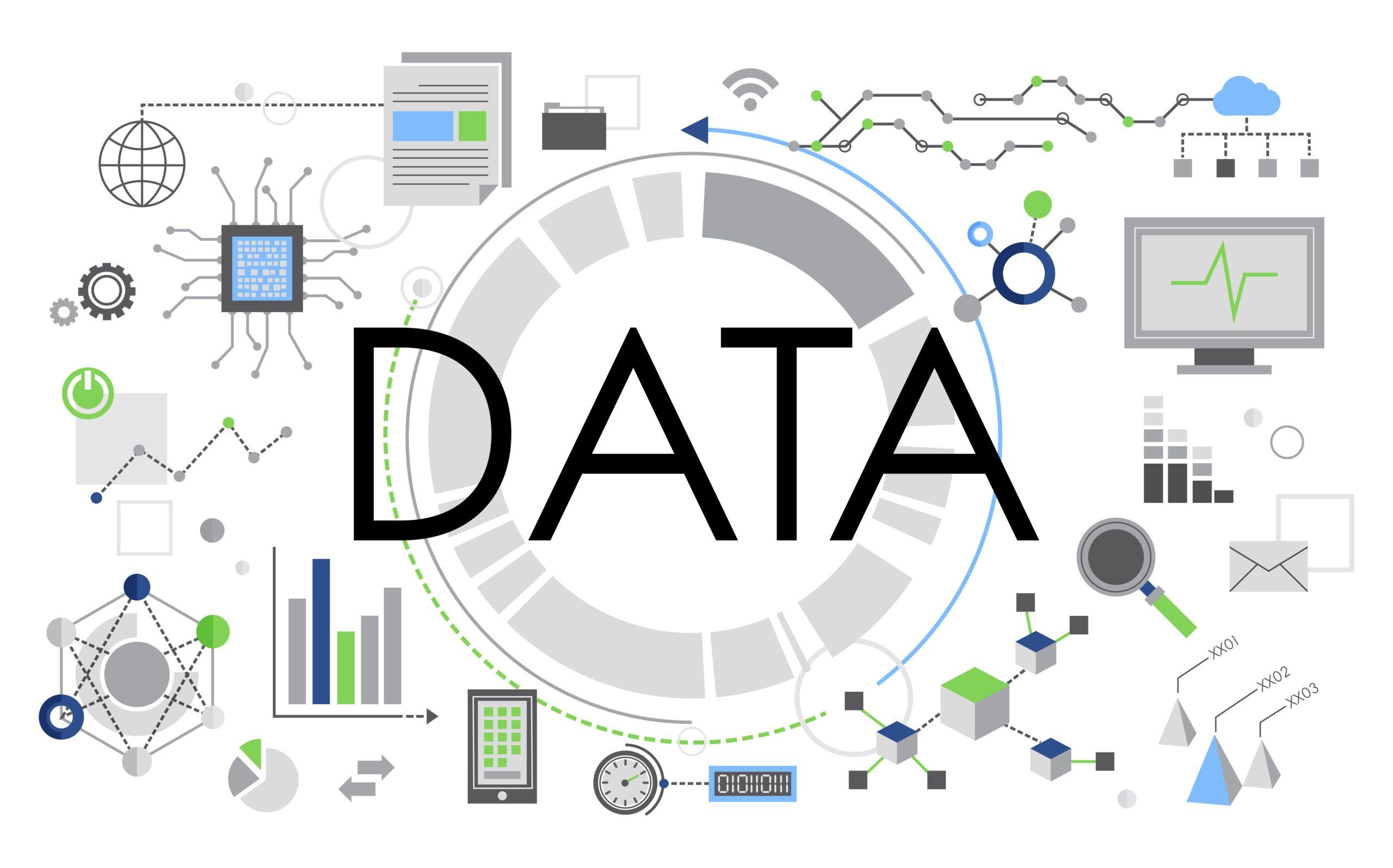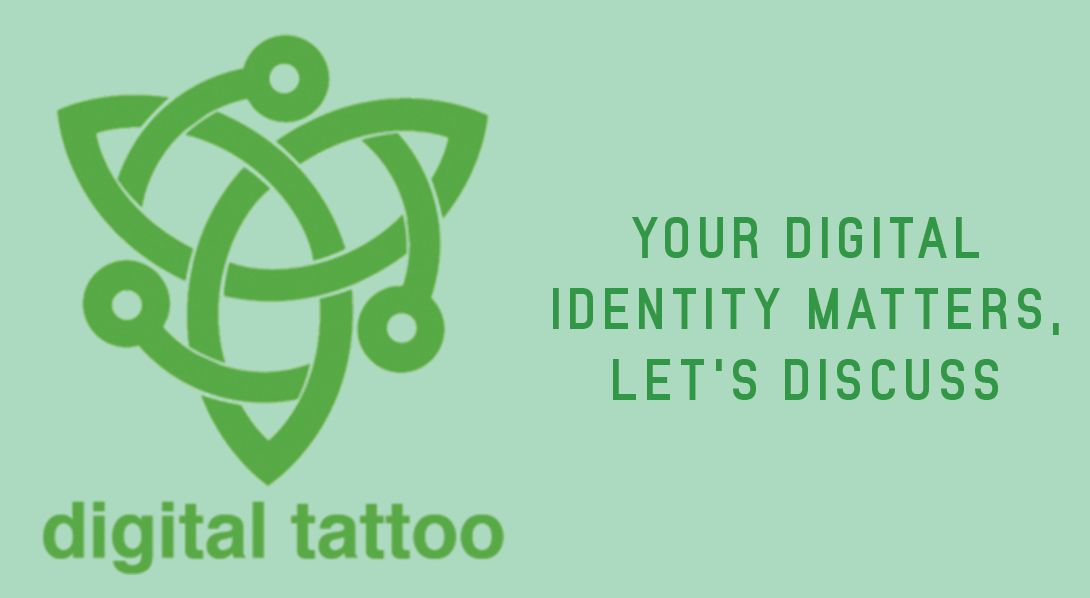
The digital age has fundamentally reshaped our world, ushering in an era of unprecedented connectivity through social media platforms. These digital arenas have transformed how we interact, communicate, and even consume information, becoming an indispensable part of daily life for a vast majority. Yet, this convenience, undeniably appealing and ever-present, comes with an increasingly scrutinized and often alarming cost: our personal data, and with it, our privacy. Recent events, from the Cambridge Analytica scandal to government bans on platforms like TikTok and hefty fines against tech giants, have sharply brought these concerns into the public consciousness, forcing a critical re-evaluation of our digital footprints.
Every click, every like, every share, and every post contributes to an ever-expanding digital profile, meticulously curated by algorithms and often monetized in ways many users don’t fully comprehend. This relentless accumulation of information leaves us vulnerable to a myriad of privacy risks, ranging from data breaches and government surveillance to sophisticated targeted advertising and identity theft. The potential threats are substantial, complex, and warrant a deep dive into the unsettling realities that underpin our engagement with social media. It’s time to pull back the curtain and understand the true dynamics at play.
This article aims to shed light on some of the most unsettling facts about social media that will undoubtedly make you rethink your privacy. Drawing from extensive research and expert insights, we’ll explore the scale of data collection, the pervasive feeling of lost control among users, the challenges of managing privacy, and the stark reality of social media platforms as prime targets for malicious actors. Understanding these mechanisms and implications is the first crucial step toward safeguarding your digital identity in an increasingly complex online world.

1. **The Sheer Scale of Data Collection: A Digital Avalanche**In our hyper-connected world, the average social media user contributes to the daily creation of an astonishing 2.5 quintillion bytes of data. This staggering figure is not merely an abstract statistic; it represents a relentless stream of personal information being generated, captured, and analyzed every single second. Each interaction, from a fleeting like to a detailed comment, feeds into a vast, intricate profile that paints an incredibly comprehensive picture of an individual.
Research has further revealed the depth of this collection, with some social media platforms capable of gathering over 52 different types of personal information from their users. This extends far beyond basic profile details to include sensitive data such as location, religious beliefs, attitudinal and preference data, browsing history, and even purchasing habits. This immense dataset forms the very backbone of the personalized, often addictive, experience each user receives, but it also creates an unparalleled goldmine for data exploitation.
2. **The Pervasive Feeling of Lost Control: A Collective Discomfort**A deep-seated concern about data privacy is not just anecdotal; it’s a widely acknowledged sentiment across the American public. A 2014 survey by Pew Research Center found that a staggering 91% of Americans “agree” or “strongly agree” that people have lost control over how personal information is collected and used by all kinds of entities. This near-unanimous consensus highlights a pervasive sense of powerlessness among individuals regarding their digital lives.
Despite the perceived benefits and conveniences of social media, this feeling of having lost control reflects a significant societal unease. It underscores a fundamental disconnect between the digital services we use daily and our understanding or agency over the vast amounts of information these services accumulate about us. This widespread apprehension suggests a critical erosion of trust in the systems designed to manage our personal data, making users question who truly holds the reins.

3. **Advertisers and Businesses: The Data Access Quandary**One of the primary drivers behind social media’s voracious appetite for data is its monetization through advertising. This fact directly translates into a significant user concern: 80% of social media users said they were worried about advertisers and businesses accessing the data they share on social media platforms. This concern isn’t unwarranted; it’s a direct response to the core business model of these platforms.
By meticulously deciphering users’ likes, preferences, and online behaviors, platforms can tailor advertisements to specific interests, significantly increasing engagement and potential revenue for businesses. While this can offer a more ‘relevant’ user experience, it simultaneously fuels the anxiety that personal information, often shared in a social context, is being systematically harvested and sold for commercial gain. This constant data flow blurs the lines between private interaction and public commodification, leaving users uneasy about who sees and profits from their digital lives.

4. **The Alarming Lack of Confidence in Data Protection**Amidst the rising concerns about data collection and access, trust in social media companies to protect user data has plummeted to remarkably low levels. A survey last year found that a mere 9% of social media users were “very confident” that social media companies would protect their data. Compounding this, approximately half of users were not at all or not too confident that their data were in safe hands. These figures paint a grim picture of public confidence in the industry.
Such widespread distrust speaks volumes about the perceived capacity, or lack thereof, of these platforms to safeguard sensitive personal information. It suggests that despite company assurances and privacy policies, a significant portion of the user base harbors serious doubts about the security measures in place. This eroded trust makes users feel increasingly vulnerable, knowing their digital lives are managed by entities they fundamentally don’t believe can adequately protect them.
Read more about: Unleashing the Boost: A Deep Dive into the Pioneering Turbocharged Oldsmobile Jetfire and Chevrolet Corvair

5. **The Privacy Paradox: When Concern Doesn’t Lead to Action**One of the most intriguing and unsettling aspects of social media privacy is what researchers call the “Privacy Paradox.” This phenomenon describes a situation where individuals vocalize significant concerns about their online privacy but then often fail to take tangible steps to secure their accounts. For example, while 61% of Americans have expressed a desire to do more to protect their privacy, the actual implementation of protective measures often lags.
Experts attribute this paradox to several factors, including “third-person bias,” where people acknowledge risks but don’t believe they personally apply to them. Another explanation is a simple risk-reward analysis: individuals might be willing to risk their privacy to reap the substantial rewards of being active on social media, such as staying connected with friends and family, participating in civic activities, or accessing convenient online tools. The immediate gratification of connectivity frequently overshadows the abstract, future risks of privacy breaches, making inaction a common, albeit concerning, choice.
6. **The Struggle to Manage Privacy Settings: A Complex Labyrinth**Even for users who genuinely wish to exert more control over their data, the practicalities of managing privacy settings on social media platforms can be incredibly daunting. A 2012 survey revealed that a significant 48% of social media users reported having difficulty managing their privacy controls. This isn’t necessarily due to a lack of effort but rather the inherent complexity and dynamic nature of these settings.
Social media platforms often present users with intricate menus, confusing options, and default settings that favor data sharing over privacy. Furthermore, these settings can frequently change with platform updates, sometimes reverting to less private defaults without clear notification. This constant flux and the sheer volume of choices create a complex labyrinth that users struggle to navigate effectively. The result is a substantial portion of users who, despite their intentions, find themselves unable to implement the privacy protections they desire, leaving their data more exposed than they might realize.

7. **Social Media as a Prime Hacking Target: The New Frontier of Breaches**The perception that social media platforms are secure enclaves for personal interactions is increasingly being shattered by a string of high-profile cyberattacks. Experts now agree that social media is a prime target for hackers, and everyone should be more diligent about their privacy. Just recently, the personal information of over 100,000 social media influencers was compromised and partially leaked following a breach of the social media marketing company Preen.Me.
This incident is not isolated. A report from RiskBasedSecurity.com also indicated that more than 250,000 social media users may have had their information fully exposed on a deep web hacking forum. These breaches often reveal not just basic profile details but also sensitive information like Facebook account names and associated friend lists, creating a “gold mine for social engineers.” The ease with which these platforms can be exploited, often due to oversharing by users or vulnerabilities in third-party integrations, makes them a critical frontier in the ongoing battle for digital security. It’s a sobering reminder that our social lives online are intertwined with very real, and often unsecured, digital risks.”

8. **Doxing on the Rise: A Direct Threat to Personal Security**The digital landscape, while connecting us, also harbors escalating threats to personal safety, with doxing emerging as a particularly insidious form of cyberattack. Experts from KnowBe4 have consistently warned that doxing—the malicious act of releasing private identifying information about an individual, such as their addresses, phone numbers, or even employers—has long been considered a grievous offense within the cybersecurity community. Its potential impact on victims can be devastating, moving threats from the digital realm into the physical one.
Recent incidents underscore this growing danger. Following a major breach, hundreds of thousands of victims found their personal information exposed, placing them at significant risk. These compromised records, which included details like Facebook account names and associated friend lists, essentially create a “gold mine for social engineers.” Such data can be weaponized to create convincing fake accounts, which are then used to target friends and contacts, spreading malware or perpetrating other sophisticated scams under the guise of a trusted connection.
This malicious sharing of personal information, often with the intent to cause harm, represents a severe form of cyberbullying. For individuals, particularly children and vulnerable populations, the consequences of doxing can be profound, leading to harassment, emotional distress, and even physical danger. While the urge to overshare on social media is strong, this escalating threat is a stark reminder that personal details should remain “persona,” demanding greater vigilance and caution in our online interactions.

9. **Data Monetization: The Engine Behind Targeted Advertising**At the very core of social media’s business model lies a sophisticated, intricate system of data monetization, primarily fueled by targeted advertising. Platforms continuously harvest vast quantities of user data, not just to enhance user experience, but fundamentally to generate revenue. This voracious appetite for information drives a relentless pursuit of personal details, which are meticulously analyzed to build comprehensive user profiles that can then be sold to advertisers.
By deciphering users’ likes, preferences, and online behaviors, platforms can create highly specific demographic segments—categorizing individuals as “fitness enthusiasts” or “pet lovers,” for instance. This detailed segmentation allows companies to personalize their advertising campaigns with remarkable precision, tailoring advertisements directly to an individual’s specific interests. Such targeted promotions significantly increase engagement and potential revenue for businesses, forging a symbiotic relationship between platforms and advertisers.
However, this constant flow of data for commercial gain blurs the lines between private interaction and public commodification. Sponsored content, seamlessly integrated into our social feeds, often becomes indistinguishable from organic posts, making users unwitting participants in a continuous marketing funnel. The willingly provided email addresses and phone numbers further facilitate this targeted marketing, potentially leading to a barrage of unsolicited messages and promotions. While seemingly convenient, this powerful engine of data monetization often comes at a considerable expense to user privacy.

10. **Fueling the Future: Personal Data and AI Training**Beyond the well-known mechanisms of targeted advertising, a significant, and perhaps more unsettling, use of personal data is its increasing role in training advanced artificial intelligence models. Our digital footprints—every text, image, and interaction—are now actively being leveraged to develop sophisticated AI systems, particularly large language models. This vast pool of human-generated data is critical for teaching AI to understand human conversation, identify complex trends, and even mimic human behavior with remarkable accuracy.
This extensive utilization of personal data for AI development presents a new frontier of privacy concerns. While the potential benefits of advanced AI are considerable, it simultaneously raises critical questions about the ownership and control of the very information that fuels these systems. Users are often unaware that their everyday online activities are contributing to the datasets that shape the future capabilities of artificial intelligence, leading to concerns about potential misuse and manipulation of these powerful technologies.
Even seemingly innocuous social media surveys, often framed as simple questionnaires about user preferences, contribute to this continuous data collection. These surveys, alongside regular platform interactions, further inform the algorithms that not only personalize our online experiences but also train the AI models of tomorrow. Users are advised to be keenly aware of these data collection practices and, where available, to actively opt out of AI training programs to retain some measure of control over their digital contributions.
Read more about: Unflinching Lens: 14 Haunting Images Revealing Climate Change’s Unseen Toll on Our World

11. **Beyond Breaches: The Multifaceted Landscape of Social Media Risks**While data breaches often grab headlines, the reality of social media privacy risks extends far beyond simple unauthorized access to accounts. The inherent nature of these platforms, designed for sharing, creates a pervasive and multifaceted risk landscape that users frequently underestimate. From government surveillance and sophisticated targeted advertising to identity theft and harassment, the potential threats are substantial and demand our careful consideration, often impacting personal safety and security in unexpected ways.
The collection of personal data on social media is not limited to what we willingly share; much is passively gathered through tracking cookies, geofencing, and cross-site tracking. These technologies meticulously monitor our online activities, including browsing history and purchases, creating detailed user profiles that are frequently sold to data brokers. While this data enables personalized advertising, it also makes users vulnerable to targeted scams and fraud, with the Federal Trade Commission (FTC) reporting a staggering increase in such social media-originated schemes.
Even seemingly innocuous details like location check-ins or employment history can be pieced together from public profiles and posts, allowing malicious actors to construct surprisingly accurate profiles. This wealth of information becomes a fertile ground for phishing scams, identity theft, and other nefarious purposes. Beyond these, risks include loopholes in privacy settings, location tracking even when disabled (via Wi-Fi and cell towers), cyberbullying, the rapid spread of misinformation, and the proliferation of malware and viruses, all contributing to a complex web of digital dangers.

12. **The Digital Tattoo: Information Once Posted is Forever**A critical, often underestimated, reality of social media is the immutable nature of information once it has been shared online. The moment something is posted on the internet, it effectively enters the public domain, making it incredibly difficult, if not impossible, to fully retract or privatize. This digital permanence stands in stark contrast to the fleeting nature of everyday conversation, yet many users treat their online disclosures with similar casualness.
Even with meticulous privacy settings, there’s no absolute guarantee that information will remain confined to its intended audience. Pictures and posts can be saved, screenshotted, and re-shared by others, potentially propagating far beyond a user’s control. A post that was meant for a select group of friends can, with surprising ease, find its way into broader public view, including employers, acquaintances, or even malicious actors.
The underlying mechanism is simple: once data exists on servers and is accessible, even temporarily, it can be copied and stored. Therefore, while a post might appear to be “deleted” from a user’s personal feed, remnants can persist in caches, archives, or on the devices of others who interacted with it. This enduring digital footprint serves as a powerful reminder that every piece of content shared online should be considered a permanent record, demanding a high degree of mindfulness before hitting that “post” button.

13. **Employer Scrutiny: Your Digital Footprint as a Professional Resume**In today’s competitive job market, the lines between personal and professional lives have increasingly blurred, particularly due to the pervasive nature of social media. A significant and growing concern for users is the increasing scrutiny from employers, who now routinely leverage social media platforms as a screening tool. Your digital footprint has effectively become an unofficial, yet highly influential, extension of your professional resume, influencing hiring decisions and career trajectories.
Before even scheduling an interview, many employers will meticulously review a candidate’s social media profiles. These platforms offer a convenient, unfiltered window into a person’s life, allowing recruiters to glean extensive information about an individual’s character, judgment, interests, and even their political or social views. What a person posts, shares, or likes can reveal a lot, potentially shaping an employer’s perception long before a face-to-face meeting.
This deep dive into an applicant’s online presence can uncover details that might not be presented in a traditional resume or cover letter. From questionable content to unprofessional interactions, anything visible online can significantly impact employment prospects. It underscores the critical importance of maintaining a professional online persona and being acutely aware that one’s social media activity can, and often will, be used to form opinions about their suitability for a job or position.

14. **The Trojan Horse Effect: Hidden Dangers of Third-Party Applications**While we often focus on the direct actions of social media platforms themselves, a significant, often overlooked, privacy vulnerability lies in the vast ecosystem of third-party applications. These apps, integrated with social media platforms to offer a range of additional features and services, frequently pose hidden dangers, acting as digital Trojan horses that can compromise user data. Their convenience often masks weaker security controls and a propensity to collect and misuse personal information.
Many of these applications, from games and quizzes to productivity tools and photo editors, require extensive permissions to access a user’s social media profile and associated data. In granting these permissions, users inadvertently open avenues for others to gain access to their private information. Unlike the core social media platforms, which are under increasing scrutiny, third-party apps may have less robust security protocols, making them prime targets for malicious actors seeking to exploit vulnerabilities.
The data collected by these external tools can be extensive, ranging from basic profile details to friend lists, location data, and even the content of private messages. Once this information is in the hands of a third-party, its usage and protection become less transparent and harder to control. Users must exercise extreme caution when authorizing any third-party application, meticulously reviewing requested permissions and understanding that the allure of added functionality can come at a substantial cost to personal privacy and data security.
The journey through these unsettling facts about social media reveals a landscape far more complex and perilous than many users realize. From the pervasive threat of doxing to the subtle mechanisms of data monetization, the indelible nature of online posts, the keen eyes of potential employers, and the often-unseen vulnerabilities introduced by third-party applications, our digital lives are constantly navigating a minefield of privacy risks. It’s clear that a passive approach to online engagement is no longer sufficient; active awareness and diligent self-protection are paramount.
Navigating this evolving digital world requires not just an understanding of these threats, but a proactive commitment to safeguarding our digital identities. By staying informed, being judicious about what we share, and meticulously managing our online presence, we can reclaim a measure of control in an environment that often feels overwhelming. The conversation around social media privacy is far from over, and our collective vigilance remains the most potent defense against the unsettling realities of the digital age.




:max_bytes(150000):strip_icc()/InStyle-November-Kristen-Stewart-Lead-Social-3-2000-3df0d52122904eaca75fab6c226a38b9.jpg)
